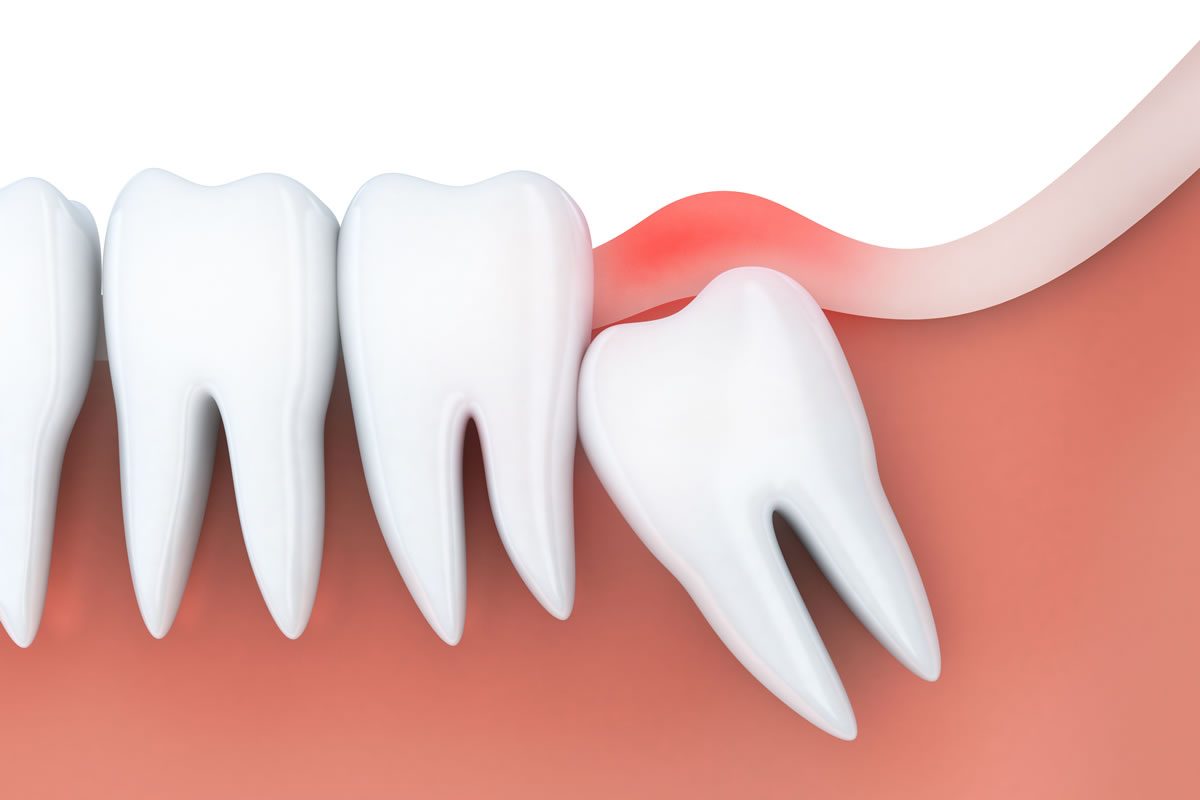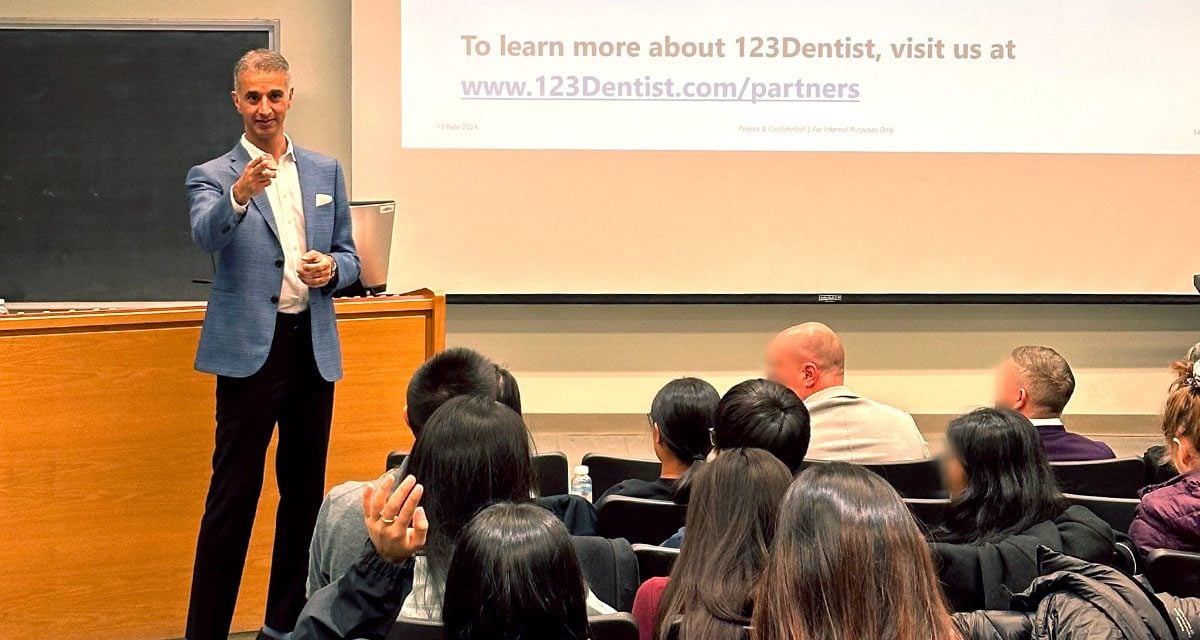Wisdom teeth are the molars in the far back of your mouth and usually emerge in late teens or early twenties. In the past, they were useful for our more basic diet of meat and hard foods, but now they serve little purpose. Wisdom tooth removal may seem daunting but it is a common procedure.
Wisdom Teeth Removal
Before any tooth removal, your dentist will take x-rays. This may have been done at a previous appointment to determine the need the removal, but more may be required on the day.
The tooth and surrounding tissue is numbed using local anaesthetic injected into the gums. Some patients that are particularly anxious about the procedure may also receive some form of sedation.
Once the local anaesthetic has taken full effect, your dentist will use specialist tools to loosen the connective tissue surrounding the tooth. Another set of dental tools are then used to actually remove the tooth. You may feel a lot of pressure at this point, but the anaesthetic will ensure you feel no pain. Your dentist may decide that stitches will improve healing. The stitches are dissolvable and shouldn’t create any additional discomfort.
When You Might Need Surgery
Sometimes removing a wisdom tooth requires a small surgical procedure. This might be because your wisdom tooth is impacted and has not emerged through the jaw bone, or because it is broken into pieces and can’t be removed without leaving a piece behind.
As with the procedure described above, you will receive a local anaesthetic to numb the tooth and the surrounding area. As the procedure is a little more invasive, it is more common to receive at least a mild sedation in surgical cases.
If the wisdom tooth is covered over by gum tissue, the dental surgeon will make a small incision in order to expose the tooth. They will then proceed as described above, by loosening the connective tissue around the tooth and removing it using specialist instruments. If the tooth is fully impacted it will be covered by bone. The dental surgeon will use a small handheld drill to clear the bone from around the tooth.
They may also use the drill to divide the tooth into sections to avoid it breaking unpredictably during the final extraction stages. If a wisdom tooth breaks then each piece has to be removed separately and it may require further drilling and a deeper incision into the gum tissue.
The Right Time for Wisdom Teeth Removal
Many teens and adults have wisdom teeth emerge without any discomfort or pain, and in these cases it would be inappropriate to remove them. However, it is usually during the emergence of the teeth that it becomes apparent there is a problem.
Our modern diet has resulted in a larger dental arch and there is often just no room for the wisdom teeth to emerge. This can cause extreme pain in the mouth and head and push the other teeth out of alignment. It is also common for wisdom teeth to begin emerging at an angle so that they cannot emerge fully as the other molars are blocking the way.
Wisdom teeth are more susceptible to decay and infection as they are right at the back of the mouth and are often difficult to reach for regular daily dental care. Wisdom teeth can also become broken.
In all of these instances your dentist will examine the tooth, and most likely take x-rays, to determine whether an extraction is necessary. X-rays will also show whether a standard or surgical extraction is required.
What to Expect During Healing
The mouth and gums heal incredibly quickly, so if you follow the simple instructions provided by your dentist then you should have no problems.
You will be asked to bite down on sterile gauze for approximately 30 minutes after surgery to ensure the bleeding has stopped. You will probably feel some discomfort and have some swelling for a few days after the procedure, but if you experience significant pain then contact your dentist.
For the first 2 hours after surgery, you should avoid unnecessary talking, eating, and drinking to allow the area time to clot. After this drink plenty of fluids and stick to soft foods for the first 24 hours. You shouldn’t brush your teeth or rinse out your mouth for 12 hours after the procedure, and avoid the area of removal when brushing for a few days. Unless the procedure was particularly tricky, you won’t be prescribed painkillers, but you can take pharmacy pain medication as required.
The idea of any dental procedure makes a lot of people nervous, but knowing what to expect can make the experience less worrying. Wisdom tooth removal is now a very common procedure carried out by qualified professionals so there is no need to avoid it.





 December is finally here, and if you’re not already hyped about the holidays, you’re about to […]
December is finally here, and if you’re not already hyped about the holidays, you’re about to […]
